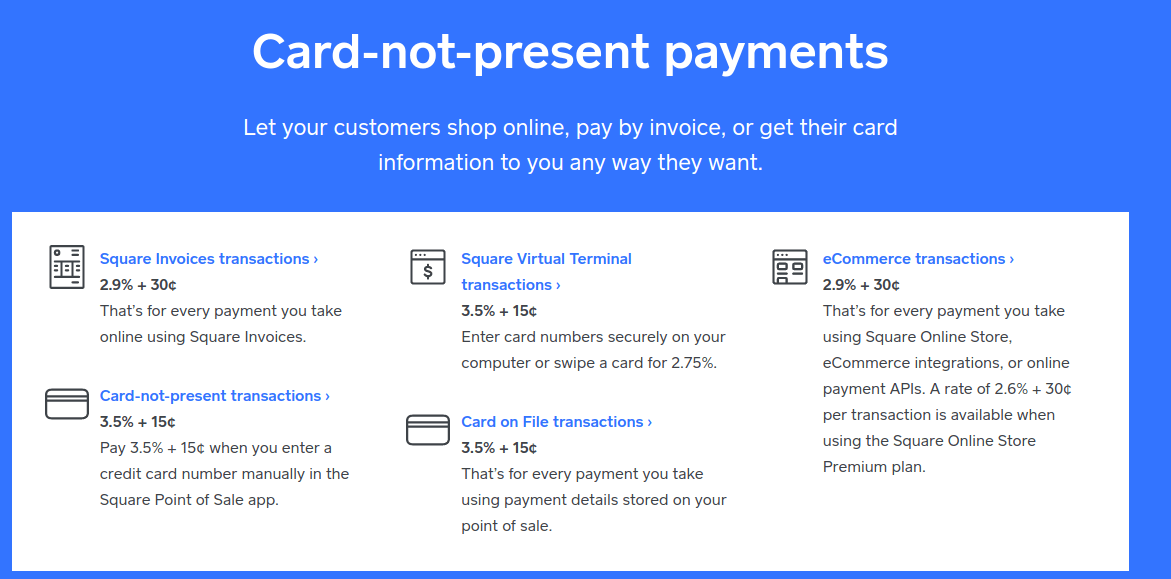

Organizations without Defender for Office 365 Plan 2 can try the features in Microsoft 365 Defender for Office 365 Plan 2 for free.

This action also adds the sender as an allow entry in the Tenant Allow/Block List. If a bulk sender has a BCL score that's more than the bulk threshold, admins can report the sender's messages to Microsoft for analysis. This query allows admins to identify wanted and unwanted senders. | summarize count() by SenderMailFromAddress, BulkComplaintLevel | where BulkComplaintLevel >= 1 and Timestamp > datetime(2022-09-XXT00:00:00Z) Admins can run the following query to get a list of all bulk senders in the organization: EmailEvents For more information, see EmailEvents.įor example, if Contoso has set their current bulk threshold to 7 in anti-spam policies, Contoso recipients receive email from all senders in their Inbox if the BCL value is 7 or less. You can drill down into the bulk senders by using other columns in EmailEvents table in the Email & collaboration schema.

This feature allows admins to look at all bulk senders who sent mail to their organization, their corresponding BCL values, and the amount of email that was received.
BULK MAIL SQUARE INVOICES HOW TO
How to tune bulk emailĪs of September 2022, Microsoft Defender for Office 365 Plan 2 customers can access BCL from advanced hunting. For more information, see the following articles:Īnother option that's easy to overlook: if a user complains about receiving bulk email, but the messages are from reputable senders that pass spam filtering in EOP, have the user check for an unsubscribe option in the bulk email message. For example, some users want to receive advertising messages from the Contoso Corporation or invitations to an upcoming conference on cybersecurity, while other users consider these same messages to be spam.įor more information about how bulk email is identified, see Bulk complaint level (BCL) in EOP.īecause of the mixed reaction to bulk email, there isn't universal guidance that applies to every organization.Īnti-spam policies have a default BCL threshold that's used to identify bulk email as spam, and a specific action to take on those bulk messages. Some users want bulk email messages (and in fact, they have deliberately signed up to receive them), while other users consider bulk email to be spam. Whereas spam is a constant threat, bulk email is often one-time advertisements or marketing messages. If you disagree with the spam filtering verdict, you can report messages as spam or good to Microsoft in several ways, as described in Report messages and files to Microsoft.īulk email (also known as gray mail), is more difficult to classify. For instructions, see Configure anti-spam policies in EOP. In the default anti-spam policy and in new anti-spam policies, you can configure the action to take on spam filtering verdicts. Standard and Strict preset security policies: Quarantine the message.Default anti-spam policy and new anti-spam policies: Deliver the message to recipient Junk Email folders.Strict preset security policy: Quarantine the message.Default anti-spam policy, new anti-spam policies, and Standard preset security policy: Deliver the message to recipient Junk Email folders.If the message is classified as Spam or High confidence spam by spam filtering, what happens to the message depends on the verdict and the anti-spam policy that detected the message: If a message passes source IP inspection, it continues through spam filtering. EOP rejects spam based on the reputation of the source email server. Junk email is spam, which is an unsolicited and universally unwanted message (when identified correctly). In Microsoft 365 organizations with mailboxes in Exchange Online or standalone Exchange Online Protection (EOP) organizations without Exchange Online mailboxes, customers sometimes ask: "What's the difference between junk email and bulk email?" This article explains the difference and describes the controls that are available in EOP.


 0 kommentar(er)
0 kommentar(er)
